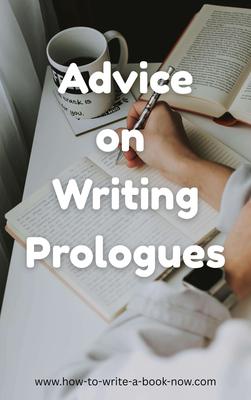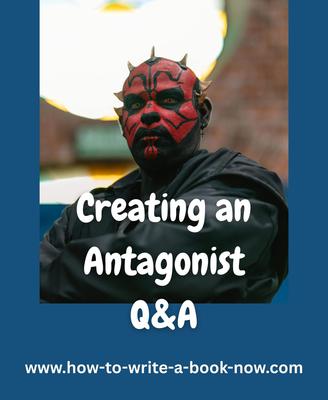Structuring Time in my Novel
by Anonymous
(Toronto, Canada)
Question: I would very much appreciate your insight on structuring time in my novel before going too far down a rabbit hole. Right now, the novel is in the planning stage.
The most compelling action in the plotline all occurs within a ten to fifteen day period. The inciting event was three years earlier, and events occurring during the intervening years have led to the current life-changing ten-to-fifteen-day crisis and its resolution.
I know one way to structure this would be a prologue of the inciting incident and try to work things through from there. My instinct, however, is to have the current crisis period unfold chronologically with flashbacks to past incidents unfolding chronologically within this main current storyline.
What I mean by that is that my protagonist is dealing with the present crisis by revisiting the sequence of events that led to it. Most chapters would start in the present and flash back as the protagonist tries to see how she got herself into this mess. Chapter one and day one of her crisis, she would flash back to the inciting incident. Chapter two and day two of her current crisis, she would flash back to the next stage of her life having unraveled. And so on. Some action-packed days would maybe be broken up into three or four chapters, each flashing back to the next event in the downward spiral of her past three years.
That would result in the full story leading up to the present events coming out only as she is finally at her resolution point. It strikes me, though, that this could a hopelessly foolhardy -- or at the very least extremely challenging idea -- so I would very much appreciate your more knowledgeable perspective.
Answer: It goes without saying that there is no definite right or wrong answer to this type of question. You will see plenty of examples of both ways, and lots of variations. But since you ask, here are a few thoughts...
1. I think you're instinct to
2. In the same vein, you may want to be wary about lengthy and frequent flashbacks. They can also frustrate the reader by interrupting the present action too much. Some readers may actually skip over the flashbacks so they can get on with the story.
3. Personally, I favour short flashbacks, or possibly just filling the reader in on background information when it becomes necessary to understand the present events. Brief snippets that don't detract from the present story are best.
4. Another approach, if this inciting incident is really important, is to hide it from the reader until later in the book. You can create a mystery by having the main character and other characters behave in a certain unexplained ways because of something that happened which the reader does not know about. Then, towards the end, when it's really crucial, you can have the flashback that explains everything. In some stories, the flashback doesn't appear until after the crisis.
5. Sometimes, the mystery is never completely solved. I'm thinking here of the film Chinatown. In this story, a private investigator is haunted by the memory of a woman whose life he failed to save years ago when he was a policeman in Chinatown. We get very little information about what happened, but we can see how he is driven to prevent history from repeating itself. The fact that the details are vague actually works in favour of the present story, because the viewer's imagination fills in the blanks and makes the event seem even more horrifying. A lengthy flashback in this instance would not be as effective. (It's one of those cases where less is more.)
Best of luck.
Comments for Structuring Time in my Novel
|
||
|
||
- Home
- Plot Questions
- Structuring Time in my Novel















